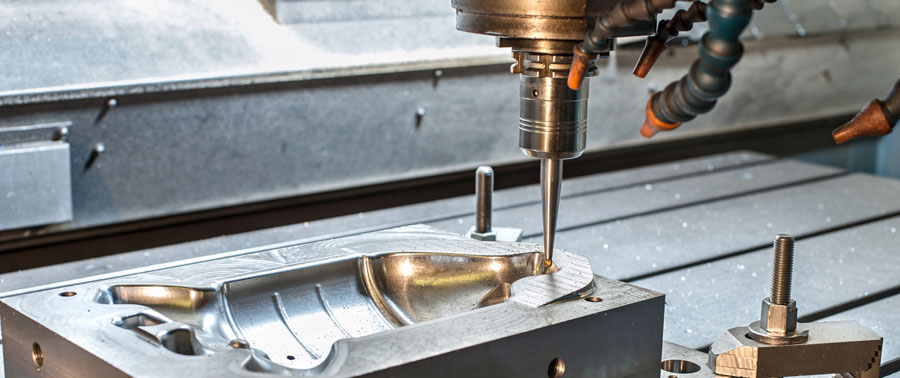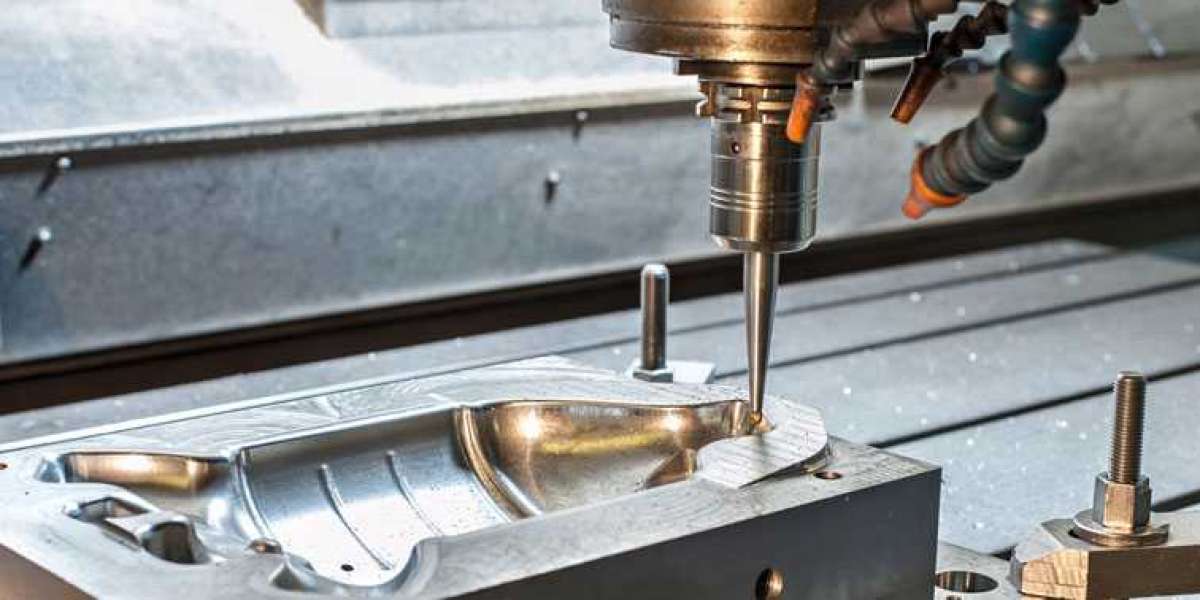Die castings made of zinc alloy have already made their way into virtually every aspect of contemporary life, including electronic cigarettes, knobs, model cars, bluetooth speakers, and a wide variety of other products. When it comes to surface treatment, the requirements are typically quite stringent, and functions such as wear resistance and corrosion resistance are all required components. Surfaces must also be able to withstand chemical corrosion. In addition, there is a low tolerance for surface flaws on the product, such as blistering, which could be considered a defect. In die castings made of zinc alloy, bubbles are not simply surface defects; rather, they are exposed internal defects the majority of the time. As a consequence of this, the majority of the issues manifest themselves within the castings themselves, rather than merely in the outward appearance.
Surface Finish Services 1. It might be discovered while the item is being sharpened or polished. The majority of the holes that have been found at this time have been found internally, and they will not become visible until the processing has been finished.
The primary mechanisms responsible for the formation of holes are referred to as porosity and shrinkage mechanisms. The pores are typically circular, and the shrinkage is primarily unpredictable. When the gas in the cavity, the gas volatilized by the paint, and the gas precipitated by the solidification of the alloy are not adequately exhausted in the mold, they will eventually remain in the pores that are formed in the casting. This can happen when the mold is not adequately ventilated. The process of filling the mold with liquid metal and allowing it to solidify results in the formation of holes on the surface of the casting as well as on the interior of the mold. These holes are caused by the intrusion of gas. b. Holes will form on the surface of the casting as well as on the interior of the casting if these gases are not adequately exhausted.
During the solidification process of molten metal, the formation of a shrinkage cavity can be caused by either the volume shrinking or the molten metal being unable to feed the final solidified part. Both of these factors can contribute to the formation of the shrinkage cavity.a. Castings with uneven thickness or local overheating of castings will cause a certain part to solidify slowly, and when the volume shrinks, the surface will form a concave position. b. Castings with uneven thickness or local overheating of castings will cause a certain part to solidify slowly.
This may take place if the castings are overheated in a particular region.Baking is the process that comes after painting and electroplating. When the holes are heated, either the gas that is contained within the holes will expand, causing the volume to increase, or the water that is contained within the holes will turn into steam, causing the volume to increase.As a direct consequence of this, the casting's surface will develop blisters as a result.
Electroplating helps to hasten the progression of intergranular corrosion, which is a plague that causes the breakdown of the metal matrix.When present in humid environments, intergranular corrosion has the potential to deform, crack, and even break castings. This is especially true when the environment is humid.
Die castings made of zinc alloy have already made their way into virtually every aspect of contemporary life, including electronic cigarettes, knobs, model cars, bluetooth speakers, and a wide variety of other products. When it comes to surface treatment, the requirements are typically quite stringent, and functions such as wear resistance and corrosion resistance are all required components. Surfaces must also be able to withstand chemical corrosion. In addition, there is a low tolerance for surface flaws on the product, such as blistering, which could be considered a defect. In die castings made of zinc alloy, bubbles are not simply surface defects; rather, they are exposed internal defects the majority of the time. As a consequence of this, the majority of the issues manifest themselves within the castings themselves, rather than merely in the outward appearance.
1. It might be discovered while the item is being sharpened or polished. The majority of the holes that have been found at this time have been found internally, and they will not become visible until the processing has been finished.

The primary mechanisms responsible for the formation of holes are referred to as porosity and shrinkage mechanisms. The pores are typically circular, and the shrinkage is primarily unpredictable. When the gas in the cavity, the gas volatilized by the paint, and the gas precipitated by the solidification of the alloy are not adequately exhausted in the mold, they will eventually remain in the pores that are formed in the casting. This can happen when the mold is not adequately ventilated. The process of filling the mold with liquid metal and allowing it to solidify results in the zinc castings formation of holes on the surface of the casting as well as on the interior of the mold. These holes are caused by the intrusion of gas. b. Holes will form on the surface of the casting as well as on the interior of the casting if these gases are not adequately exhausted.
During the solidification process of molten metal, the formation of a shrinkage cavity can be caused by either the volume shrinking or the molten metal being unable to feed the final solidified part. Both of these factors can contribute to the formation of the shrinkage cavity.a. Castings with uneven thickness or local overheating of castings will cause a certain part to solidify slowly, and when the volume shrinks, the surface will form a concave position. b. Castings with uneven thickness or local overheating of castings will cause a certain part to solidify slowly.
This may take place if the castings are overheated in a particular region.Baking is the process that comes after painting and electroplating. When the holes are heated, either the gas that is contained within the holes will expand, causing the volume to increase, or the water that is contained within the holes will turn into steam, causing the volume to increase.As a direct consequence of this, the casting's surface will develop blisters as a result.
Electroplating helps to hasten the progression of intergranular corrosion, which is a plague that causes the breakdown of the metal matrix.When present in humid environments, intergranular corrosion has the potential to deform, crack, and even break castings. This is especially true when the environment is humid.
The degreasing procedure is likely to blame for the majority of the blistering that takes place during the electroplating of zinc alloys. This is due to the fact that degreasing typically involves being soaked and stirred with a heated degreaser at room temperature for an extended period of time. Because of this, the time it takes for the chemical reaction to occur is also extended. The process of pickling involves the use of a proportional amount of concentrated acid, which confers a high degree of corrosiveness on the final product. As a consequence of this, zinc alloys almost never need to be degreased before electroplating, and electroplating can take place even after the material has been activated with sulfuric acid. Blistering, on the other hand, is a failure of die-casting that can be caused by the loose structure of zinc alloy die-casting. This failure can occur when the zinc alloy die-casting is exposed to high temperatures.
In conclusion, the blistering phenomenon of zinc alloy plating is a phenomenon that frequently takes place during the electroplating process. As a result of this, selecting a plating supplier that can be relied upon is an essential factor that should be taken into consideration. Even if an electroplater only processes zinc alloy plating very infrequently or not at all, they must still go through the inspection process that is required by the electroplating manufacturer.
3. Water streaks on the surface of the casting are typically not very deep; however, cold seals can occasionally make their way into the interior of the casting. During the electroplating process, the solution will seep into the cracks in the die-casting whenever there are water marks, cold barrier marks, or hot cracks present. In the baking process, the solution will evaporate into steam, and the air pressure will force the electroplating layer upward, which will result in the formation of bubbles. Before the metal flow enters the cavity, it should, ideally, be continuously accelerated beginning at the nozzle and continuing all the way through the splitter cone and the runner. As a direct consequence of this, the flow of metal will be uniform and unbroken. After carrying out research on a simulation of the process of die-casting, in which liquid metal is poured into the cavity from the casting system, it has become abundantly clear that the sharp transition position and the incremental pouring in the runner are two essential steps in the process. The cross-sectional area of the runner will cause the flow of the molten metal to become turbulent, which will cause gas to become entrained in the flow, and the stable flow of the molten metal will make it more likely for gas to enter the overflow groove and exhaust groove from the runner and the cavity, and then be discharged from the mold.
It is possible to prevent the formation of shrinkage cavities by giving careful consideration to the design of the nozzle, the thickness and position of the ingate, the design of the mold, the regulation of the temperature, and the cooling of the mold. It is possible to reduce the visibility of water marks and cold barrier marks by increasing the temperature of the mold casting services to a higher setting, increasing the speed of the ingate, or widening the overflow groove in the region of the cold barrier. All of these adjustments can be made independently of one another. Any or all of these adjustments may be made in the region encompassing the cold barrier. You should avoid making sudden changes in the thickness of the die-casting parts in order to lower the amount of stress. Instead, you should adjust the relevant die-casting process parameters and lower the temperature of the mold in order to prevent hot cracks from occurring in the die-casting parts. Degreasing and pickling are typically the two processes that come immediately before electroplating in a manufacturing setting. The pickling solution is typically a mixture of three different acids, while the degreasing solution is typically an alkaline degreaser that can function at room temperature.








